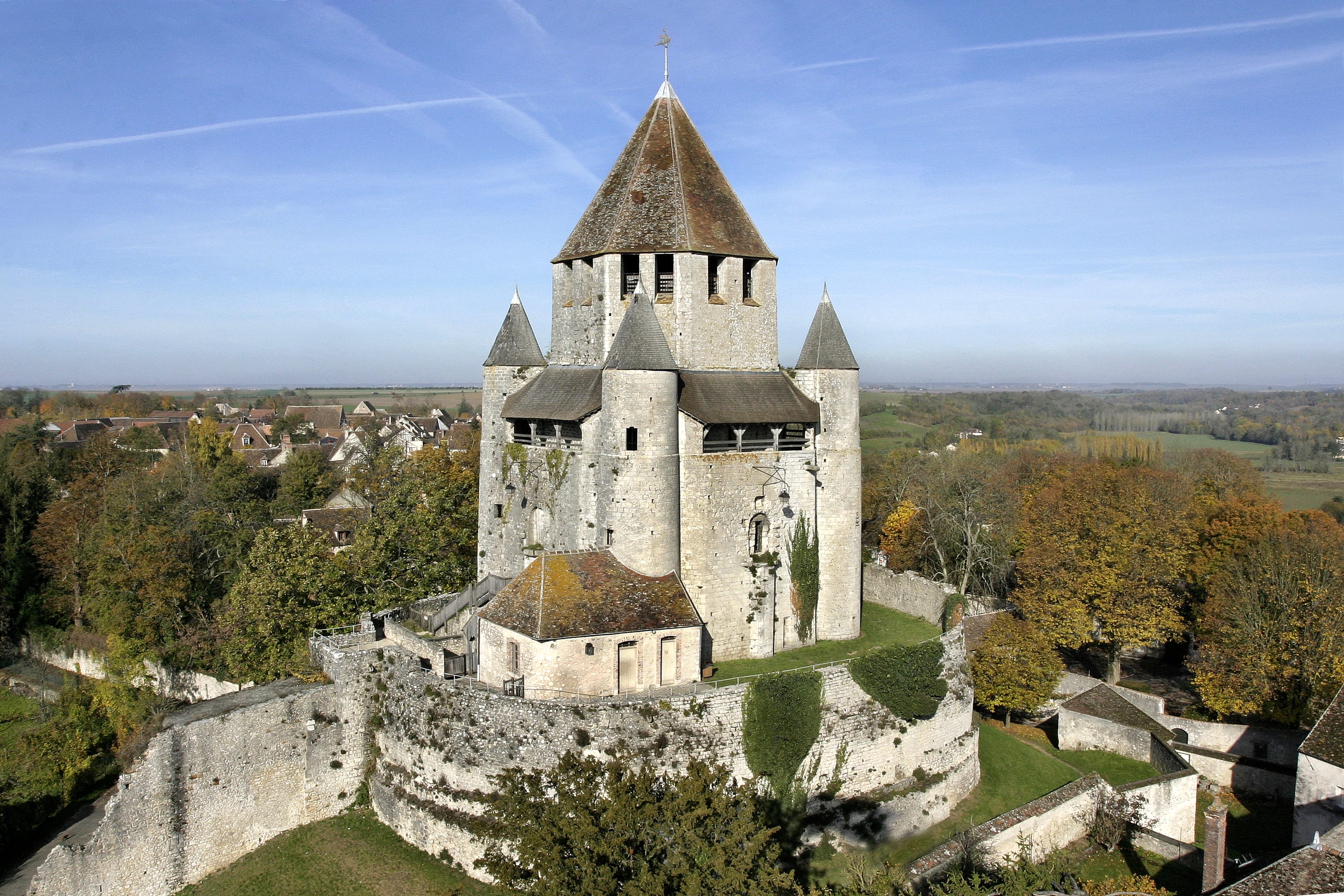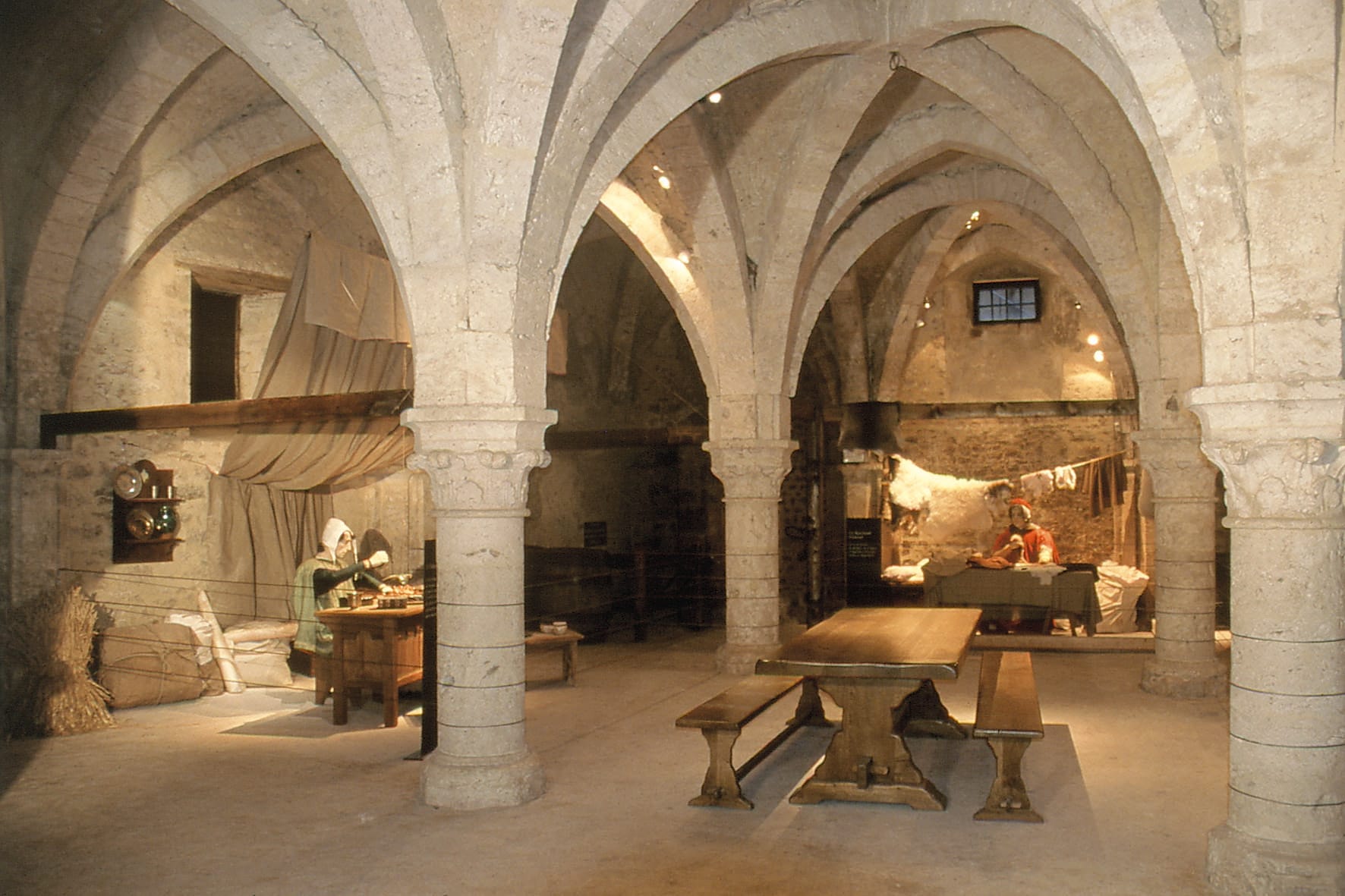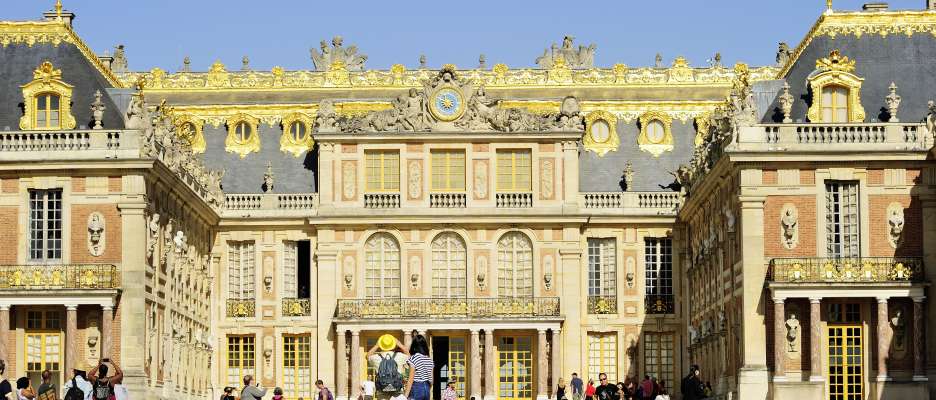A Journey through History via Five Unesco World Heritage Sites
- Inspiration
- Themed guides
- A Journey through History via Five Unesco World Heritage Sites
The Paris region, with its exceptionally rich history, is home to five Unesco World Heritage sites. These extraordinary landmarks, ranging from fabulous avant-garde monuments to river banks, royal pomp and merchant cities, lead visitors on a veritable journey through history. One unifying feature? They are all places that exerted enormous influence throughout the world in their time – and continue to shine today.
Château de Versailles: the pomp of an absolute monarchy
Considered a masterpiece of human creative genius, the Château de Versailles, with its 2,300 rooms, is a monument to the glory of the Sun King. Louis XIV transformed this hunting pavilion into a royal residence that matched his ambitions, making it a seat for his absolute monarchy.
The greatest talents of the era were summoned to build it, including the architect Le Vau, the painter Le Brun and the landscape gardener Le Nôtre, who created the sublime French-style gardens. Besides the wide range of visiting options, the Versailles estate also hosts a rich programme throughout the year of shows, concerts and balls.
Notably, during the warmer months, its fountains are filled with water for the Musical Fountain and the Night Fountain shows.

Le Corbusier, at the heart of avant-garde architecture
The visionary architect Le Corbusier (1887-1965) revolutionised the way we conceive our living spaces. And a trip around Paris and its region can provide a unique glimpse into the exceptional work of this pioneering modern architect.
A good place to start is the Maison La Roche in Paris, Le Corbusier's oldest building, constructed in 1923.
Another essential stop can be found west of the capital, in Poissy, at the Villa Savoye : built as a weekend home, it is an icon of modernist architecture with its stilts, terrace roof and horizontal windows. In southern Paris, a prototype room is open to the public at the Swiss Pavilion at the Cité Internationale Universitaire, allowing visitors a glimpse into Le Corbusier's vision for collective living.
True fans can also head to the Porte Molitor apartment block which includes a studio-apartment where the architect painted.

The banks of the Seine: the birthplace of Paris
From the Pont de Sully, next door to the Institut du Monde Arabe, through to the Pont d'Iéna by the Eiffel Tower, take off on a stroll along the banks of the Seine and journey back through 900 years of Paris history.
Rapidly understood as a major defensive and economic asset, the Seine contributed considerably to the rise of the capital: as can be witnessed by the monuments dotting both its banks.
Much of the river banks are now reserved for pedestrians only, so you can stroll undisturbed while admiring the Seine and its bridges and take advantage of the unique perspective of some architectural treasures: Notre-Dame Cathedral, the Palais du Louvre, the Institut de France, the Hôtel des Invalides, the Place de la Concorde, the École Militaire, the Monnaie de Paris, the Grand Palais, the Eiffel Tower, the Palais de Chaillot… not forgetting the Île Saint-Louis and Île de la Cité.
A magnificent walk for all the family!

Château de Fontainebleau, the House of Ages
One of the jewels in France’s crown, this vast estate, just south of Paris, owes its fame to François I and Napoleon Bonaparte, both of whom left their marks here. Built in the 12th century, at the heart of the forest that shares its name, the Château de Fontainebleau has been witness to much of France’s history, from the Middle Ages through the Renaissanceto the present day. Two emperors and 34 sovereigns stayed at this immense estate. Don’t miss the magnificent François I gallery, the Emperor’s throne room and Marie-Antoinette’s Turkish boudoir.

Provins, the great era of the medieval Champagne fairs
Just east of Paris, Provins teems with fascinating vestiges of its glorious past as a 12th-century merchant city. In the Middle Ages, the town was the economic capital for the Counts of Champagne and its famous fair drew merchants from all over Europe.
Encircled by ramparts, the medieval city is an open-air time capsule of military, civil and religious medieval architecture, counting no less than 58 historic monuments, including the majestic Caesar Tower dating from the 12th-century, or the 13th-century Grange aux Dîmes market.
Hear ye, hear ye, kind ladies and noble sirs! From April through November, you get the chance to relive this magnificent town’s finest hours when its exceptional medieval shows are staged, to the delight of young and old.


Our selection
You might also like...
- Copyright image: © JARRY-TRIPELON/CRT Paris Île-de-France













